There are irreconcilable contradictions that will only be solved, one side defeating the other.
There are irreconcilable contradictions that will only be solved, one side defeating the other.
By Onur Sinan Güzaltan
US President Donald Trump and Russian President Vladimir Putin met in Alaska on August 15. Reports indicate that the two leaders discussed a range of issues, with the war in Ukraine at the top of the agenda.
UWI author, political scientist Onur Sinan Güzaltan answered our questions about the Trump-Putin meeting.
Isolation and sanction policy against Russia has failed. Since the start of the war in Ukraine, the US and Western countries have sought to isolate Russia through political and economic sanctions. Now is it changing?
The fact that Putin was welcomed in the US with the red carpet and a lavish ceremony, despite ongoing sanctions, clearly shows how ineffective this policy has been. This visit also reveals that Washington may, directly or indirectly, move toward lifting sanctions on Russia in the medium or long term, or even in the short run, maybe.
The meeting taking place on American soil can be seen as a major diplomatic gain and victory for Russia. On the other hand, it marks a heavy defeat for Europe. Governments in countries like Germany and France have been pushing for sanctions against Russia to continue and even deepen. Yet the US hosted the Russian president, who has warrants issued against him by NATO allies, with a lavish ceremony.
In short, this meeting stands as the clearest indication of just how much the West’s isolation and sanction policy against Russia has failed on the diplomatic front.
Obstacles to peace
Although Trump tries to portray himself as a “peacemaker,” there still seems to be obstacles in the way of ending the war. Do you believe that this process could end the war?
The conflict between Moscow and Kyiv cannot be reduced to a simple bilateral dispute. The war in Ukraine is, in fact, one of the fronts where the Western bloc confronts Russia, and the Eastern countries as well.
Of course, there are also more localized issues that Russia and Ukraine have to settle. For instance, if a ceasefire or peace deal were signed tomorrow, how would prisoner exchanges be handled? Would there be any compensation to be paid by either side? Which territories would remain under whose control? These are just a few of the questions on the table. Also, Russia considers the territories it controls as its own sovereign land, and that is written into its constitution.
It is not possible to solve this issue simply through talks between Moscow and Kyiv. That’s why Russia is negotiating directly with the US, the real power behind Ukraine.
And even talking with Washington alone may not be enough. Many governments in Europe actually favor the continuation of the war. Tomorrow, some of these countries and groups could very well move to sabotage any deal between Russia and the US over Ukraine.
A genuine resolution in Ukraine will only be possible if the collective West and Russia find common ground. At the moment, however, such a prospect looks highly unlikely. Many factions in both the US and Europe want the war to continue.
In the coming period, we may witness new moves from those factions. This could spark political crises. In Europe in particular, the fallout may include social unrest, deepening economic problems, and the collapse of several governments.
It’s worth underlining: an end to this war wouldn’t just mean the downfall of the Zelenskyy government, it could also trigger the fall of a number of European governments. For this very reason, the hawkish wing in the West wants the war to continue.
“Zelenskyy will now seek support from European powers”
Ukraine’s stance on peace has been stipulating an end to Russia’s military operations and then making an agreement. Yet this time, Zelenskyy seems to have responded positively to the Alaska summit. So, what exactly is Ukraine’s position on a peace deal?
I don’t believe Zelenskyy has the capacity to act on his own initiative. Ultimately, he is dependent on US and European backing.
The current developments suggest that Washington is seeking to explore some path toward normalization and peace with Russia. Zelenskyy will now be seeking support from European powers, especially the UK.
But Zelenskyy is in a very difficult position, economically, politically, and militarily. The situation is critical for him. If the US and Russia reach an agreement on peace, he could lose office as a result. That is precisely why he will keep looking for European support. Yet, the question facing the pro-war camp in Europe is: How long can Europe stand up to Russia without US backing?
Finally, I should say that I don’t find Trump’s peace slogans very convincing. The US is not a trustworthy country. Remember that while US-Iran talks were ongoing, Israel hit Iran. Every time Russia has sat down with Ukraine at the negotiation table, it has been targeted by the very block that includes the US.
As long as the West is not defeated…
While constantly preaching peace, Washington continues its moves in the Caucasus and West Asia to encircle Russia and Iran and drive a wedge between them.
Another reality is the irreconcilable contradictions between East and West. The West refuses to accept a multipolar world. That’s why speaking of a lasting peace in the near future is wishful thinking. Even if a ceasefire were reached tomorrow and a peace agreement signed, I believe new conflicts would erupt between East and West across Ukraine, Iran, Palestine, West Asia, the Caucasus, and the Mediterranean.
I am talking about the “irreconcilable contradictions”. This can only end if one side’s will is broken, and it is forced to accept the other side’s terms.
As long as the West is not defeated, the war will continue.


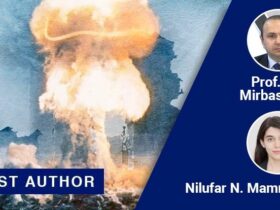
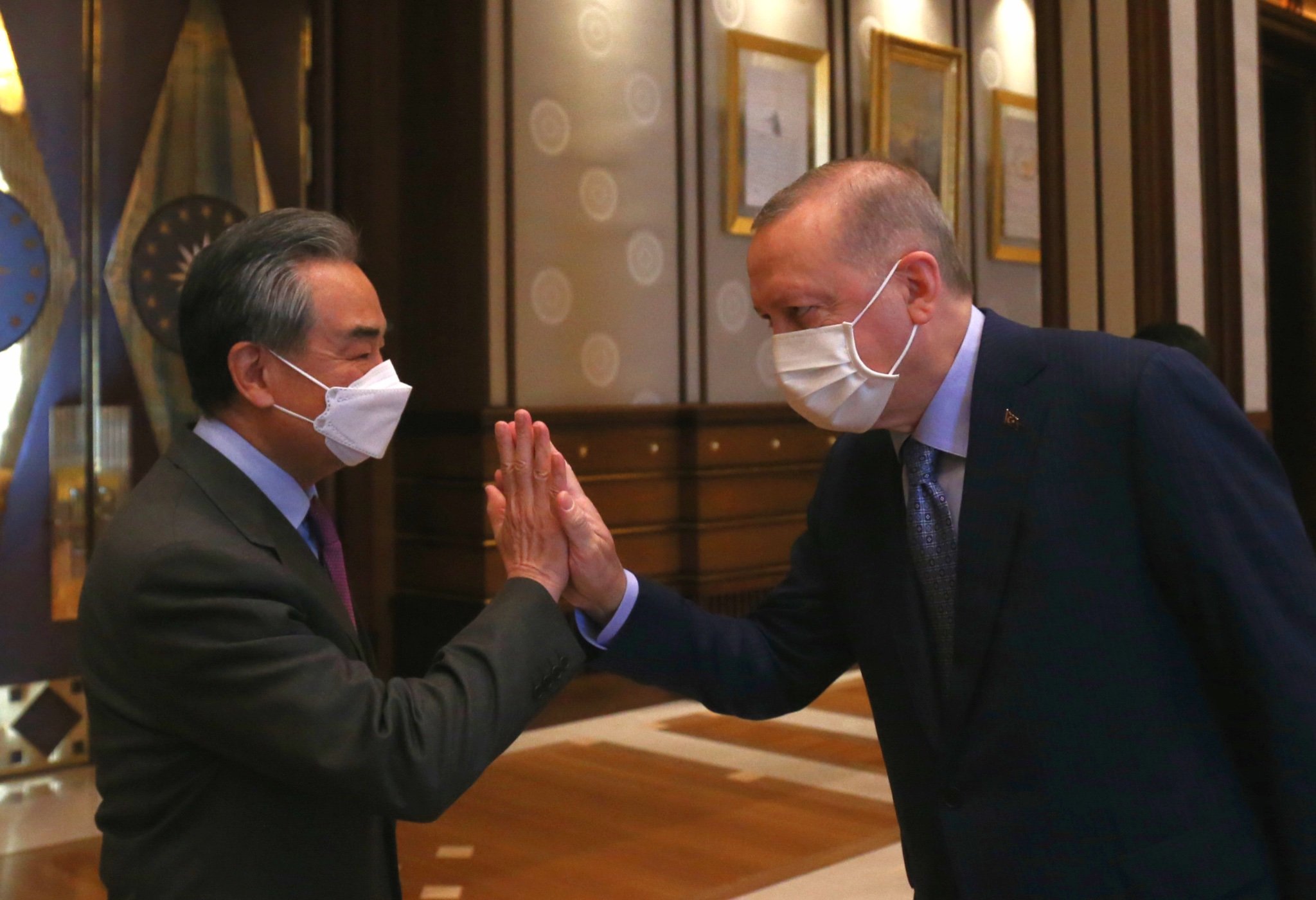
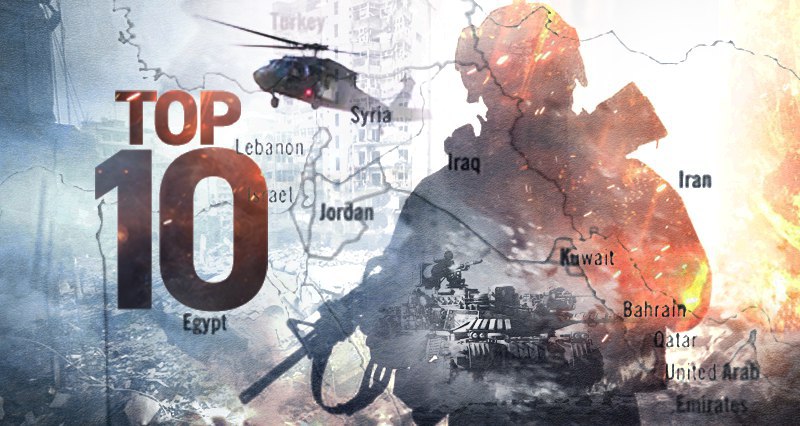
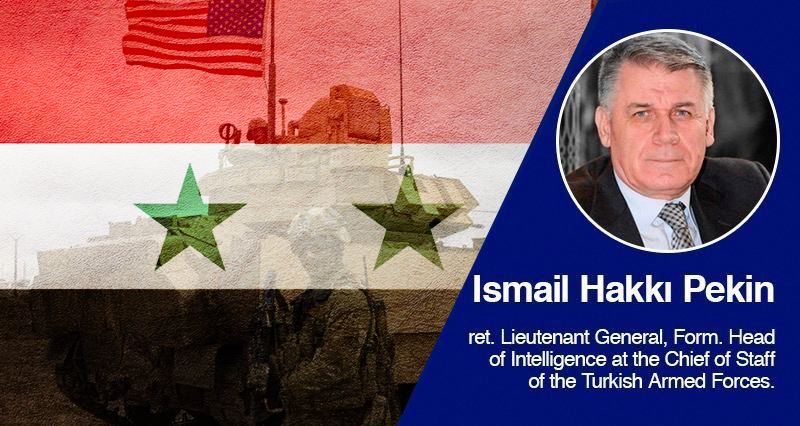


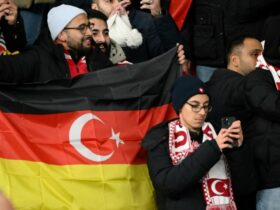
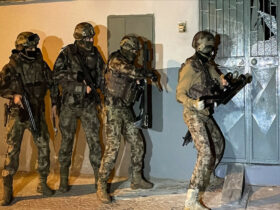

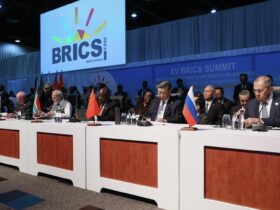

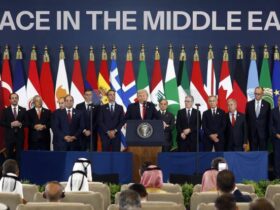

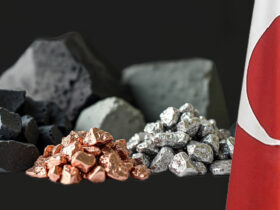
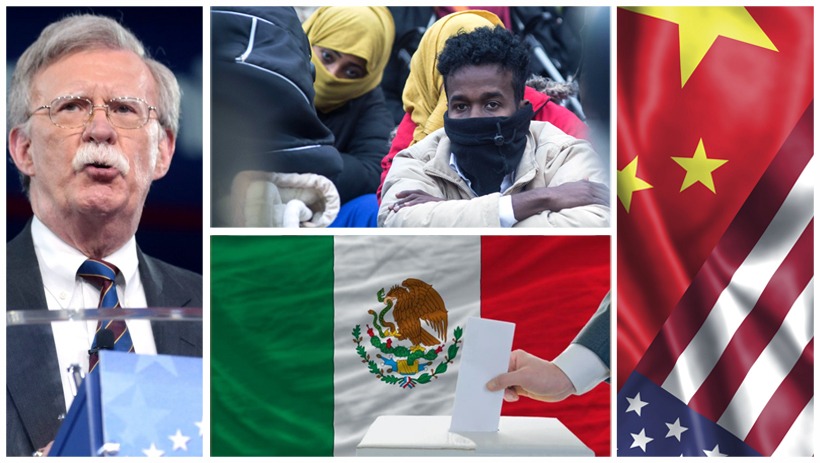
Leave a Reply